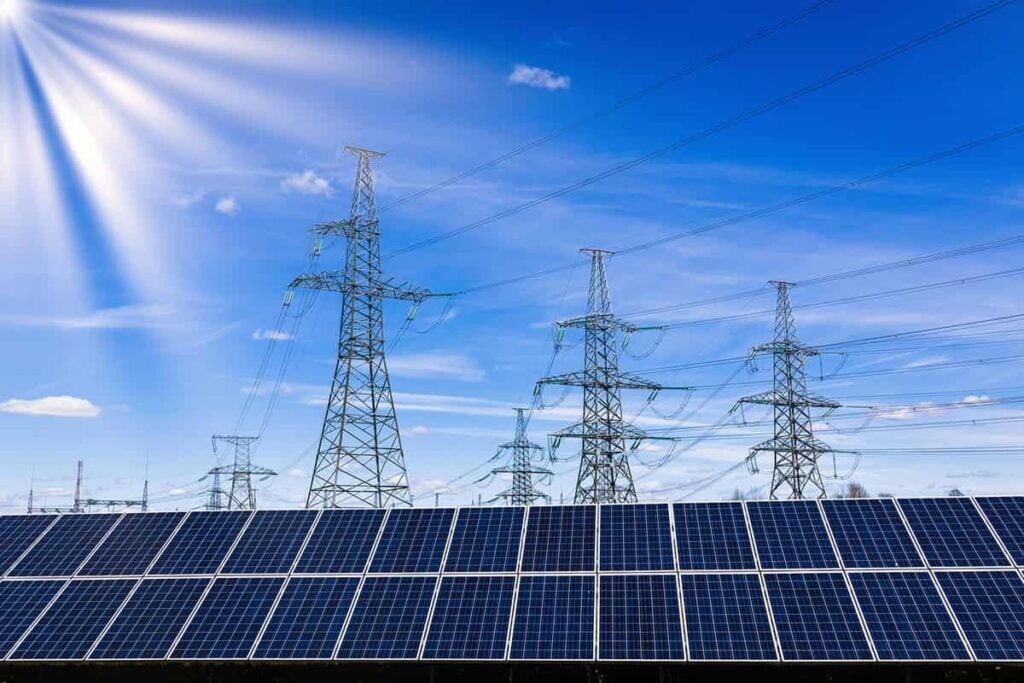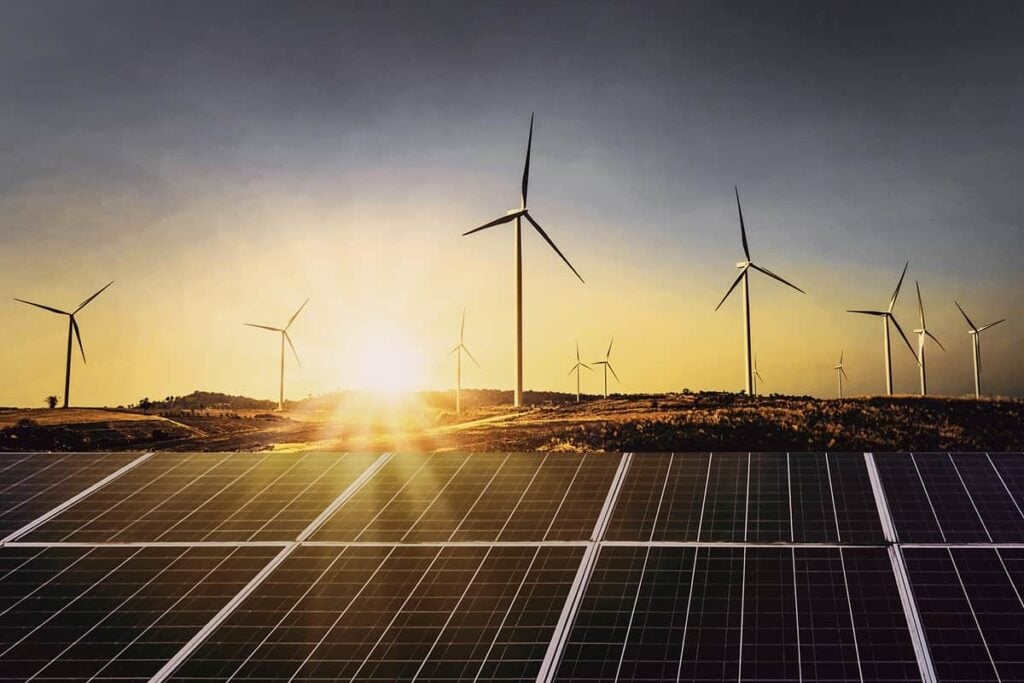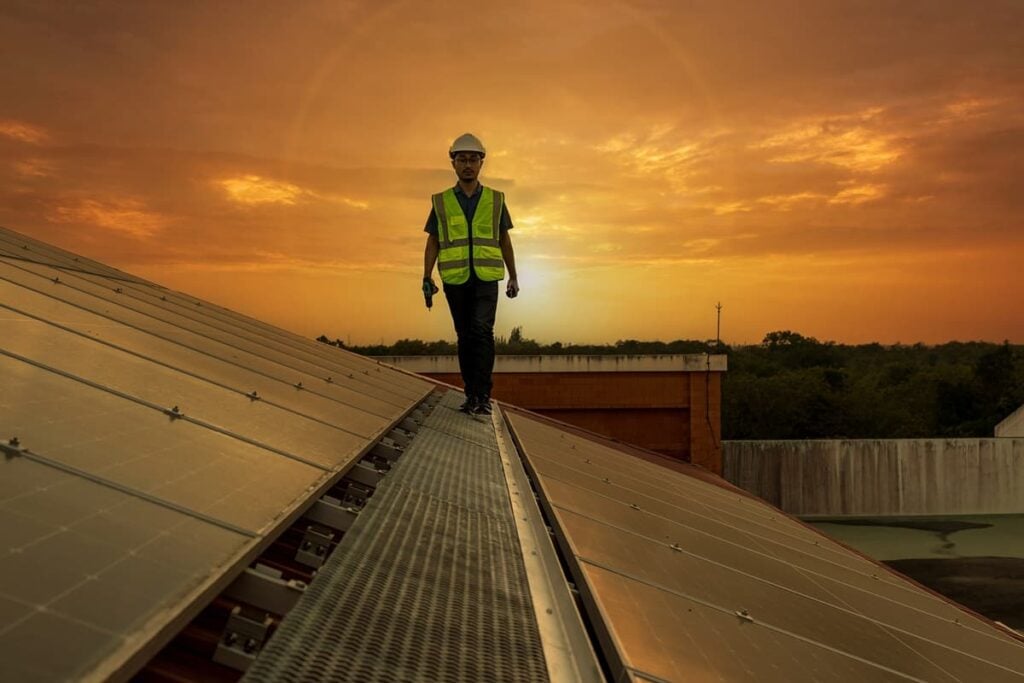NextEra Energy Stock Forecast: Sunny and Windy
Table of contents

If you’re someone who drives a rig that gets 10 miles per gallon, here’s how you can hedge the increasing costs at the pump. Invest in two dividend champions whose ebb and flow are tied directly to the price of oil – Exxon Mobil (XOM) and Chevron (CVX). Exxon has a fascinating business model with upstream and downstream segments that are negatively correlated. When oil is expensive, downstream makes loads of money selling a commodity. When oil is cheap, upstream’s key input, crude oil, becomes a whole lot cheaper. We know some people get irked about investing in oil companies, so let’s address that.
MSCI’s CEO was recently talking to Investment Week about comments raised as to why some ESG indices still contain exposure to oil companies. (Why ESG investors are only finding out about this now just goes to show how little thought is going into their investment decision making processes.) Here’s what Mr. Fernandez said about why ESG products still need to invest in companies with weak ESG scores such as big oil.
“ESG ETFs are indices that are trying to balance two concepts,” he said. “They are trying to balance ESG commitments with not being too far from market cap indices.” Fernandez said that if an index-tracking fund strays too far away from its benchmark then “there is going to be too much of a price to pay” in terms of performance.
He’s talking about passive investing vs. active investing, but the point is loud and clear. We’re investing for one reason only – to show superior returns on the capital we’re employing.
While Chevron and Exxon have had a volatile ride as the price of oil actually fell into negative territory, their dividends keep flowing into our cash account. But when it comes to performance, both companies play second fiddle to a renewable energy stock which offers both growth and value. It’s the only company we’re holding that can be found in our tech stock portfolio and also our dividend growth investing portfolio – NextEra Energy (NEE).
NextEra Energy Stock
Figuring out what NextEra Energy does becomes increasingly difficult as they continue to grow over time – organically, and by acquiring renewable assets from others. Unfortunately, the company’s 1980s-inspired earnings deck does investors no favors. Simply put, NextEra Energy has two main areas of business:
- FPL – the world’s largest utility company and the largest rate-regulated electric utility in the United States as measured by retail electricity produced and sold
- NextEra Energy Resources – the world’s largest generator of renewable energy from the wind and sun and a world leader in battery storage. Includes seven commercial nuclear power units.
Renewable energy has been a key driver of NextEra’s growth because it’s become so cheap. Anyone who wants to debate the merits of renewable energy need only ask one question – can wind and/or solar produce electricity that’s cheaper than carbon substitutes like coal or gas-powered stations with subsidies removed? The answer is yes, and that’s based on a metric called the levelized cost of energy (LCOE) that’s produced by Lazard. We’ve trimmed the chart to show only what matters – how cheap renewable electricity has become relative to conventional methods of producing it.

The first point of contention might be around whether nuclear should be classified as “clean energy” or not. You can argue it both ways, so we’ll set that aside for now. The cheapest method of producing electricity – gas combined cycle – is a nifty type of electrical power station that uses heated water to generate electricity, then sends the hot water out through insulated pipes for heating buildings and such – up to 56 miles (90 kilometers) away.
While a gas combined cycle power plant may produce the cheapest electricity in the above diagram, that’s assuming a natural gas cost of $3.45/MMBTU. Right now, natural gas trades at around $5.33/MMBTU amid a global energy crisis that seems to be unfolding. The second cheapest form of generating electricity – onshore wind – becomes the cheapest by far when you throw in subsidies.

There’s every reason to believe that wind energy is about to enjoy even more growth in the United States based on the current administration.
The $1.2 Trillion Infrastructure Bill
President Biden’s infrastructure bill contains lots of line items, but several stand to affect companies like NextEra Energy. Here are several excerpts from the spending bill.
- Upgrade our power infrastructure, including by building thousands of miles of new, resilient transmission lines to facilitate the expansion of renewable energy, including through a new Grid Authority. The Plan is the single largest investment in clean energy transmission in American history.
- Create a first-of-its-kind Infrastructure Financing Authority that will leverage billions of dollars into clean transportation and clean energy.
An investment in “clean energy transmission” is precisely the sort of thing we would expect the world’s largest producer of renewable energy – one that operates almost exclusively in ‘Murica – to benefit from. When looking at how NextEra energy attributes their earnings across assets, we can see they have meaningful exposure to the sort of infrastructure referred to in the President’s bill.

Pundits have been talking about how Biden’s plan includes lots of offshore wind on the East Coast, something that NextEra Energy doesn’t believe is economically viable. Nonetheless, we see the NEE has been moving forward with energy transmission infrastructure projects that will directly benefit from offshore wind on the East Coast. It’s safe to say that the $73 billion Biden has earmarked for energy will find some of its way into NextEra Energy’s coffers.
When China Sneezes…
Another perk to owning NextEra has been the exposure to nuclear generation facilities they operate, something that’s being seen in a lot more favorable light lately. The resurgence of nuclear power is a loaded topic that uranium bulls will point to, and with good reason. An article by Bloomberg talks about how China wants to spend $440 billion building 150 new reactors over the next 15 years, more than the rest of the world has built in the past 35 years. The article goes on to say.
“Nuclear is the one energy source that came out of this looking like a champion,” said David Fishman, an energy consultant with The Lantau Group. “It generated the whole time, it was clean, the price didn’t change. If the case for nuclear power wasn’t already strong, it’s a lot stronger now.”
Credit: Bloomberg
Speaking of China, another recent Bloomberg piece talked about how China plans to start selling wind turbines outside of their domestic market, much to the chagrin of companies like Vestas (VWS.CO) and GE (GE), two of the world’s biggest producers of wind turbines. Vestas recently lost its top position to China’s Goldwind (XJNGF) which has benefited from the explosive growth of wind in China. According to a piece in the Guardian, China built more new windfarm capacity in 2020 than the whole world combined in the year before. While everyone else battled The Rona during 2020, those crafty Chinese built nearly 100GW worth of windfarms – enough to power almost three times the number of homes in the UK. If China starts selling turbines internationally, that ought to make the market more competitive which can only benefit companies like NextEra Energy.
A NextEra Energy Stock Forecast
We’ve been holding NEE stock for about five years now with a position that’s appreciated +184% thus far. While that may sound like a good return, we have no point of reference without a benchmark. This is an opportune time to see why benchmark selection is critically important. Here are some 5-year returns using various benchmarks.
- Nasdaq (+251%) – Our NEE return sucks when compared to the Nasdaq, but NEE isn’t a technology company, so the benchmark doesn’t fit.
- NYSE (+68%) – NEE trades on the NYSE, so this benchmark is appropriate, but not ideal.
- Utilities Select Sector SPDR Fund (+40%) – The most appropriate benchmark is an index that tracks the utility sector, one of the “safer” defensive sectors that NEE belongs to. It’s the ideal benchmark, and NextEra Energy has absolutely trounced it over the past five years.
Past performance is no indicator of future results. We’re enjoying our growing dividend checks from NEE (this year they raised the dividend 15%) and see no reason to add shares as this is the third biggest position in our tech stock portfolio and also counts as one of 30 DGI stocks we’re holding. Using our simple valuation ratio (calculated at 9.5) doesn’t make a whole lot of sense because NextEra isn’t a tech stock where revenue growth is our primary metric of success. They’re a boring old utility company with a lot of moving parts and complexity that needs to be considered. For that reason, it’s tough to gauge value here. When you have a low-beta stock that doesn’t exhibit a lot of volatility, it’s always best to just slowly accumulate over time as opposed to using technical analysis to try and time the market.
In the context of what’s happening in America and around the world, the future looks bright right now for NextEra Energy. Of course, all it takes is one small nuclear disaster to send shares plummeting, and before you know it, debt covenants are being looked at, and our portfolio darling has suddenly fallen from grace. That’s why it’s always important to have a sufficiently diversified portfolio.
Conclusion
NextEra has the foresight to build the biggest renewable energy company in the world because they skated to where the puck was going to be. America’s new administration provides NextEra with some strong tailwinds to continue rapidly growing over the next four years at least. They’d be wise to not get overly comfortable with any subsidies that might come their way because we’re only one election away from that changing.
The only way environmentally sustainable solutions like clean energy will truly scale is if they can stand on their own two feet. And we’re quite certain that wind energy and solar energy can.
Sign up to our newsletter to get more of our great research delivered straight to your inbox!
Nanalyze Weekly includes useful insights written by our team of underpaid MBAs, research on new disruptive technology stocks flying under the radar, and summaries of our recent research. Always 100% free.















The word ‘renewable’ should never be used as an adjective for energy or energy sources. How do we ‘renew’ the sun’s rays? A very brainy fellow named Isaac Newton showed us energy can only change state.
You’re absolutely right. Unfortunately, everyone uses the word incorrectly so we have no choice but to do the same if we want readers 😉